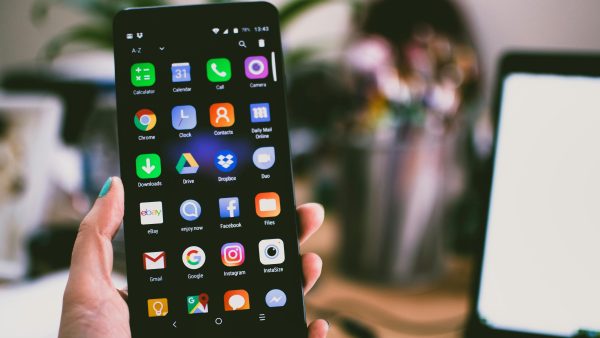Specifically, one of the most important metrics is the retention rate, as it tells us what percentage of users who have downloaded our app become regular users, contributing to the growth of our business. Mobile measurement platforms (MMPs) such as Adjust and Appsflyer indicate that the average retention rate for a user on the first day is around 25%, decreasing to 12% on day 7 and 5% on day 30. Differentiating users by operating system, studies indicate that iOS users have a slightly higher retention rate than Android users.
Therefore, having a large volume of downloads is useless if we cannot retain these users from the outset and turn them into regular visitors. The first step we need to take in order to improve retention is to conduct an in-depth analysis of our app’s metrics to understand how users interact with it from onboarding and to identify which user profiles provide the most value.
Key metrics for measuring the success of an app
These are some of the indicators that will allow us to analyse the performance of our mobile application and correctly track its evolution:
- Installations: this is the number of downloads our application has in mobile app stores. This data alone does not guarantee success if these downloads do not translate into active users, as we will be far from profitable.
- Active users DAU and MAU: measures the number of people who use our app in a specific period of time.
- DAU: daily active users. This gives us a daily overview and is especially useful for apps that are used frequently.
- MAU: monthly active users. This gives us a broader overview and helps us to see trends.
- Retention rate: as we mentioned at the beginning of the post, this rate measures the percentage of users who continue to use our app over time. To analyse it, it is important to define a retention time frame that makes sense for our business, but the most common times are day 1, day 7 and day 30. How to calculate it:
Retention rate = Users at the end of the period/Users at the beginning of the period x 100
- ARPU (Average Revenue Per User): measures average revenue per user. It measures how much money we are earning on average per user over a given period of time. This metric is key to understanding how our monetisation strategy (in-app purchases, in-app advertising or subscription) is performing.
ARPU = Total revenue in period N / Total users in period N
- Lifetime Value (LTV): This is the key metric for understanding how much value each user brings throughout their lifetime in our app. It gives us an overall picture of the value of our users.
LTV = Total revenue since installation date / Total users who installed the app on that date
ARPU and LTV may seem very similar metrics, but the difference lies in the time frames. ARPU focuses on a period of time with a clear beginning and end (30, 60 or 90 days after installation, subscription, purchase, etc.), while LTV analyses the total time a user spends with the app (from installation to abandonment, whether that be 1 day or 400 days).
We also find synergies between them. LTV is closely related to retention: if users abandon the app early, LTV goes down, and to ARPU: the higher the average spend per user, the higher the LTV.
In general, it is always more expensive to acquire new users (CAC) than to retain existing ones, so focusing on a marketing strategy that helps us increase the Lifetime Value of our users is essential to achieving a profitable business model over time.
The importance of LTV and strategies to improve it
As we have seen, Lifetime Value (LTV) is a metric that helps us to know the net value of the revenue generated by a user throughout their lifetime in our application. For this reason, its analysis becomes essential and allows us to answer the critical question of how much each user is worth to our business. Answering this question helps us to:
- Define budgets and acquisition costs: if you know that an average user generates, for example, €40, we can invest up to a smaller amount in acquiring them without losing profitability.
- Prioritise segments: when we identify the profiles that generate the highest LTV, we can plan campaigns and budgets aimed at enhancing them, both in acquisition strategies, seeking to attract similar users (LAL), and in retargeting strategies with the aim of getting them to perform certain events within their lifecycle or rewarding them to generate greater retention.
In this context, having users with high LTV in our application is not a matter of luck. Improving this metric requires constant work analysing data and designing and executing tactical actions such as optimising and personalising the user experience, activating loyalty plans or maintaining constant communication through push notifications with relevant and personalised information.







